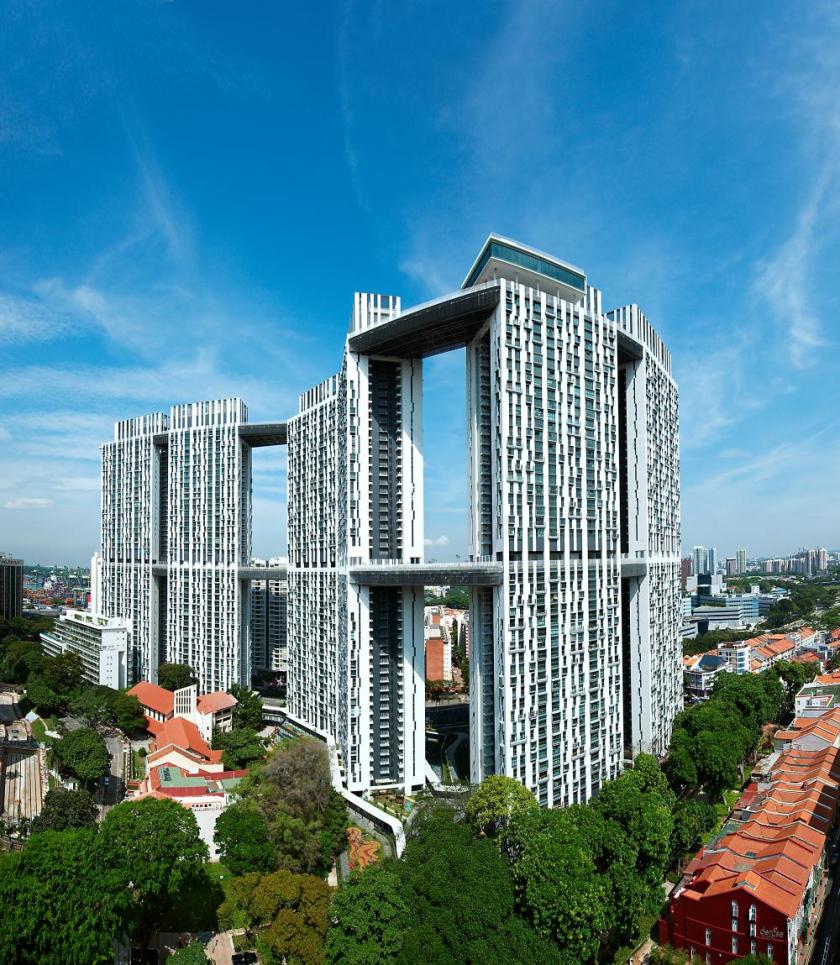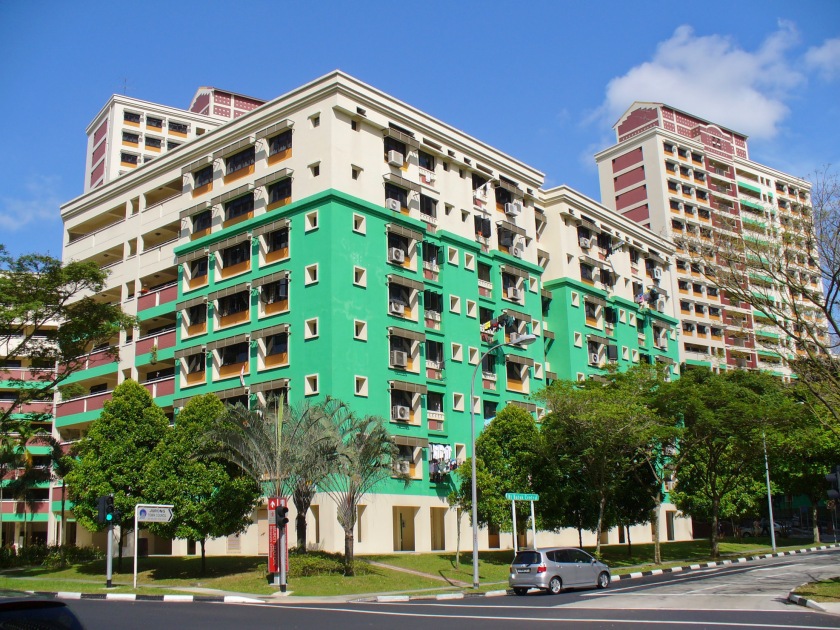Singapore is a nation of public housing, being transformed from a city with slums and homeless in the 1950s to one renowned for its functional, effective city planning, cleanliness and lack of “visible” homelessness. In Radio National’s Rear Vision podcast, Annabelle Quince explores the history behind Singapore’s public housing phenomenon, and how it impacts the residents of Singapore today.

Public housing is an integral part of Singapore’s national identity, while also being a significant and dynamic contributor to the national economy (Chua 2002). In Singapore, around 80% of citizens live in housing built by the government, commonly referred to as HDB’s after the Housing Development Board, and 90% of these residents own their own homes (Housing Development Board 2017). This is an incredibly high figure for a city of Singapore’s population and density, however it has ensured widespread home ownership and housing affordability (Bin & Naidu 2014). Public housing in Singapore doesn’t just ensure affordability however, with many estates having food courts, shopping centres and other amenities built in therefore creating all-inclusive housing communities that have the ability to support themselves. Diana Chua, a heritage guide of Singapore, states that “You don’t even need to go to town, you have everything you need just in this one street. You have the banks, you have the fast foods, you have photo development, you have shops. That is what the housing estate’s all about” (Quince 2008).
Because the majority of housing is managed by the state, the process of choosing and owning a home is dictated by both the financial class of the applicant and the availability of the flats themselves. Low income applicants are prioritised for the more affordable flats, whereas higher earning applicants are not and are instead encouraged to invest higher cost flats, Chua stating that “there is probably a kind of a ceiling for higher level salaried people. They don’t get the first priority to buy the cheaper flats. So that will protect the lower income groups and give them a better choice of flats” (Quince 2008).

The Housing Development Board was established in 1960 in order to deal with the growing population of the city, the board stating that “home for the majority of Singaporeans was a rented cubicle or a hut in a squatter settlement” (Housing Development Board 2017). This process of creating mass public housing was incredibly effective in coping with the population growth, however the continuation of this program has led to the gentrification of many areas and thus a loss of cultural heritage and identity in these districts. Established in 1966, the Land Acquisition Act gave the Singaporean government the ability to acquire any land for public use (Bin & Naidu 2014). Eng Peng, a Singaporean filmmaker, was subjected to the result of the public housing scheme, being relocated from her village that was cleared to make way for public housing. After relocating to the development in 1987, Peng states “We felt quite trapped I think, because we were living in like a box in the sky, and we were facing four walls, just a ceiling on top of us” (Quince 2008). Due to this forced relocation, Peng also records people from her village committing suicide, jumping off the balconies of the development – an overlooked, unrecorded consequence of such an aggressive redevelopment scheme.
The public housing scheme in Singapore has ensured widespread, universal housing for most citizens and is one of the most successful housing initiatives in the world – transforming the city in the space of fifty years. However, the psychological impacts on earlier citizens roped into such an aggressive initiative cannot be ignored, perhaps calling for the government to offer some reconciliation to citizens who were forcibly relocated.
Reference list:
Architecture Lab 2010, Pinnacle @ Duxton / ARC Studio Architecture + Urbanism, Toronto, viewed 26 January 2017 < http://architecturelab.net/pinnacle-duxton-arc-studio-architecture-urbanism/>
Bin, T. S & Naidu, V. L. 2014, Public Housing in Singapore: Examining Fundamental Shifts, Lee Kuan Yew School of Public Policy, Singapore, viewed 20 January 2017 <http://lkyspp.nus.edu.sg/wp-content/uploads/2014/11/Public-Housing-in-Singapore.pdf>
Chua, Beng-Huat 2002, Political Legitimacy and Housing: Singapore’s Stakeholder Society, Routlege, Abingdon, viewed 26 January 2017 <http://site.ebrary.com/lib/utslibrary/reader.action?docID=10057281>
Housing Development Board 2017, Public Housing – A Singapore Icon, Singapore Government, Singapore, viewed 26 January 2017 <http://www.hdb.gov.sg/cs/infoweb/about-us/our-role/public-housing–a-singapore-icon>
Qunice, A. 2008, An apartment in the sky – the story of public housing in Singapore, audio podcast, Rear Vision, Radio National, ABC Radio, Sydney, 28 October, viewed 26 January 2017 <http://mpegmedia.abc.net.au/rn/podcast/2007/10/rvn_20071028.mp3>
Vaidya, G. 2008, Bukit Batok HDBs, Flickr, viewed 26 January 2017 <https://www.flickr.com/photos/ggvaidya/2222138833>
Informative post. Although the initiative itself was successful, it brought about negative impacts to some of the locals. Do you think it would be considered as a successful design initiative, considering they disregarded some of the locals’ values and opinions?
LikeLike